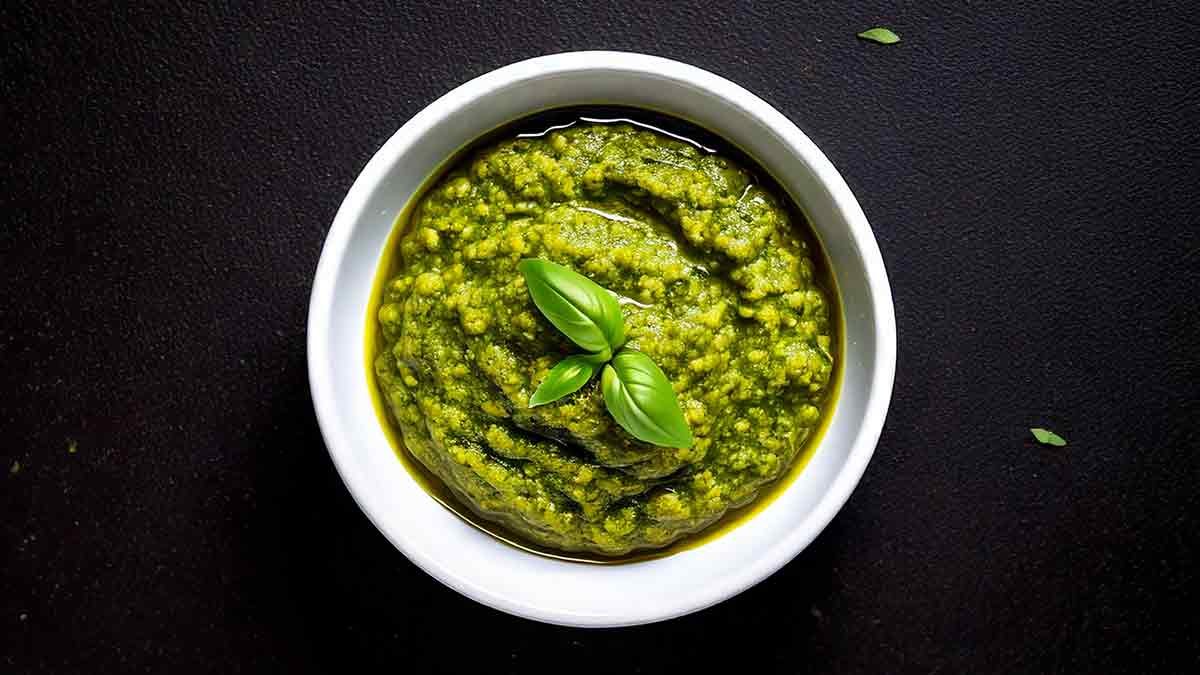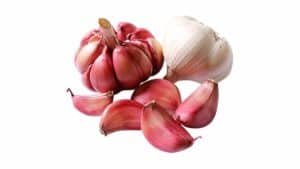Pesto, a beloved Italian sauce, has transcended its traditional role to become a versatile dip that can elevate any dish. This guide will delve into everything you need to know about pesto, from its origins to various recipes and tips for perfecting this delightful dip.
What is Pesto?
Pesto originated in the Liguria region of Italy, traditionally made with fresh basil, garlic, pine nuts, Parmesan cheese, and olive oil. The name “pesto” comes from the Italian word “pestare,” which means to crush or pound, referring to the original method of preparation using a mortar and pestle. This rich, aromatic sauce is known for its vibrant green color and robust flavor profile.
Types of Pesto
While basil pesto is the most recognized variety, there are numerous adaptations worth exploring:
- Sun-Dried Tomato Pesto: A tangy alternative that combines sun-dried tomatoes with nuts and cheese.
- Spinach Pesto: A nutritious twist that uses spinach instead of basil, perfect for those looking to incorporate more greens.
- Kale Pesto: Another health-conscious option that utilizes kale for a slightly bitter yet flavorful dip.
- Nut-Free Pesto: For those with nut allergies, this version can be made using seeds like pumpkin or sunflower.
How to Make Classic Basil Pesto
Creating your own pesto at home is simple and rewarding. Here’s a basic recipe:
Ingredients:
- 2 cups fresh basil leaves
- 1/2 cup grated Parmesan cheese
- 1/2 cup extra virgin olive oil
- 1/3 cup pine nuts
- 2 cloves garlic
- Salt and pepper to taste
Instructions:
- In a food processor, combine the basil, garlic, and pine nuts. Pulse until finely chopped.
- Add the Parmesan cheese and pulse again.
- Slowly pour in the olive oil while the processor is running until fully blended.
- Season with salt and pepper to taste.
- Store in an airtight container in the refrigerator for up to a week or freeze for longer storage.
Top Tips for Perfecting Your Pesto
To ensure your pesto stands out, consider these expert tips:
- Use Fresh Ingredients: Fresh basil and high-quality olive oil make a significant difference in flavor.
- Experiment with Nuts: While pine nuts are traditional, feel free to try walnuts or almonds for a unique twist.
- Adjust Consistency: If you prefer a thinner pesto, gradually add more olive oil until you reach your desired texture.
- Add Zest: A squeeze of lemon juice can brighten the flavors and add a refreshing zing.
Serving Suggestions
Pesto is incredibly versatile; here are some delicious ways to enjoy it:
- As a Dip: Serve it with fresh vegetables or pita chips for an easy appetizer.
- On Pasta: Toss cooked pasta with pesto for a quick meal; add grilled chicken or shrimp for protein.
- On Pizza: Use pesto as a base sauce instead of tomato sauce for a unique pizza experience.
- In Sandwiches: Spread pesto on bread as a flavorful condiment for sandwiches or wraps.
Storage Tips
To maximize freshness:
- Store pesto in an airtight container.
- Drizzle a thin layer of olive oil on top before sealing to prevent oxidation.
- Freeze in ice cube trays for convenient single servings later on.
Conclusion
Pesto is more than just a dip; it’s a culinary staple that can enhance countless dishes with its bold flavors. Whether you stick to the classic recipe or explore various adaptations, this guide provides everything you need to create and enjoy pesto at home. Embrace your creativity in the kitchen and let this delightful dip shine!













